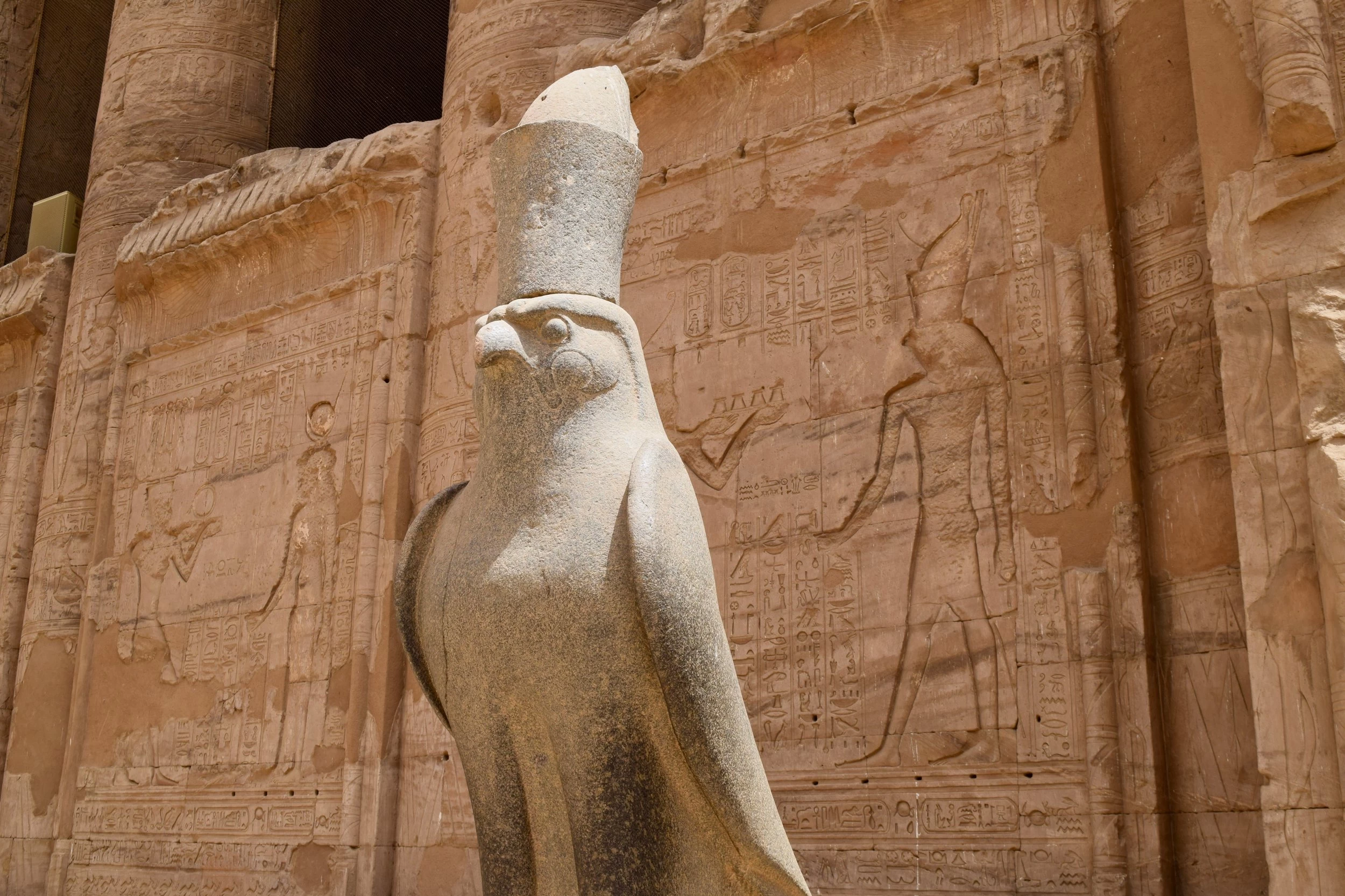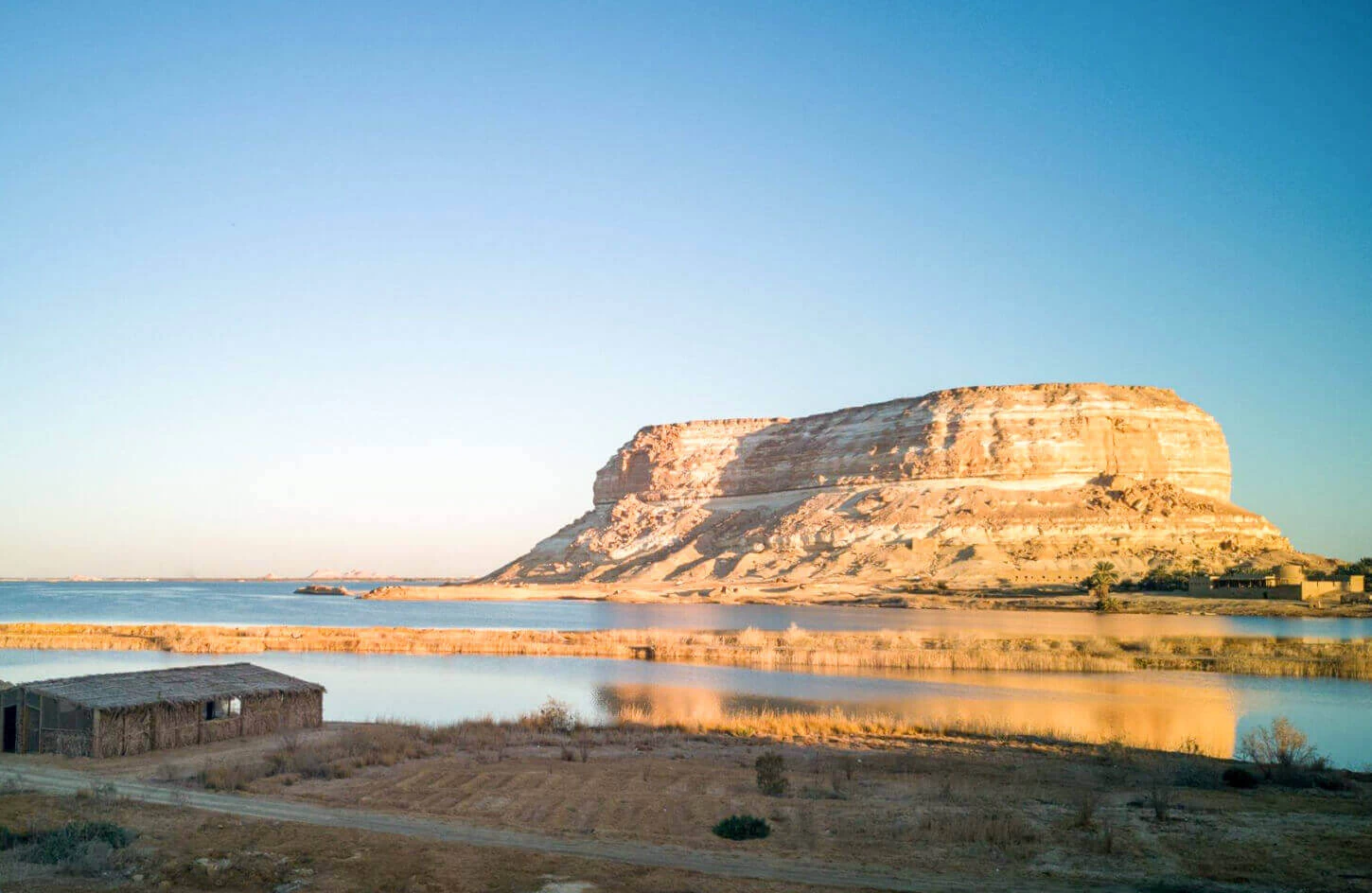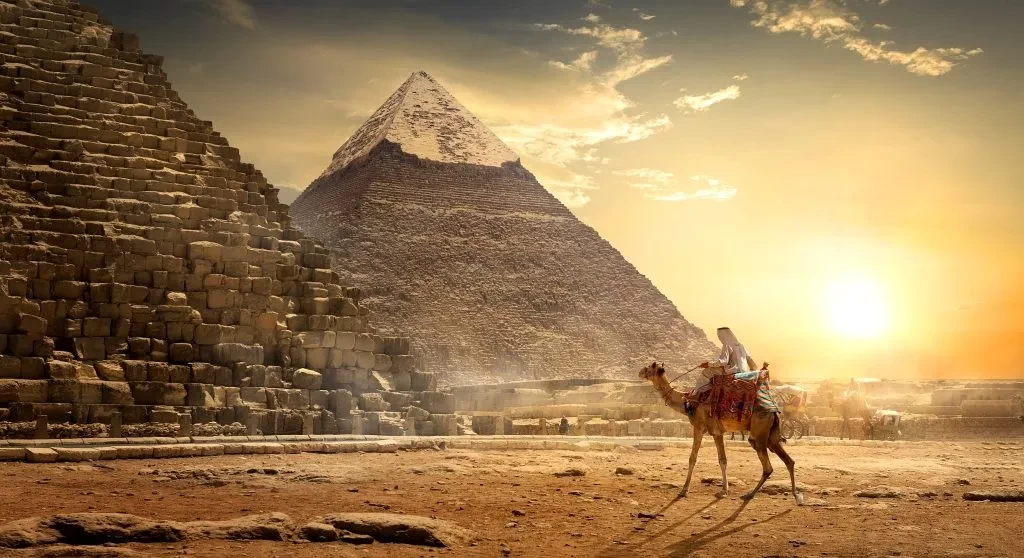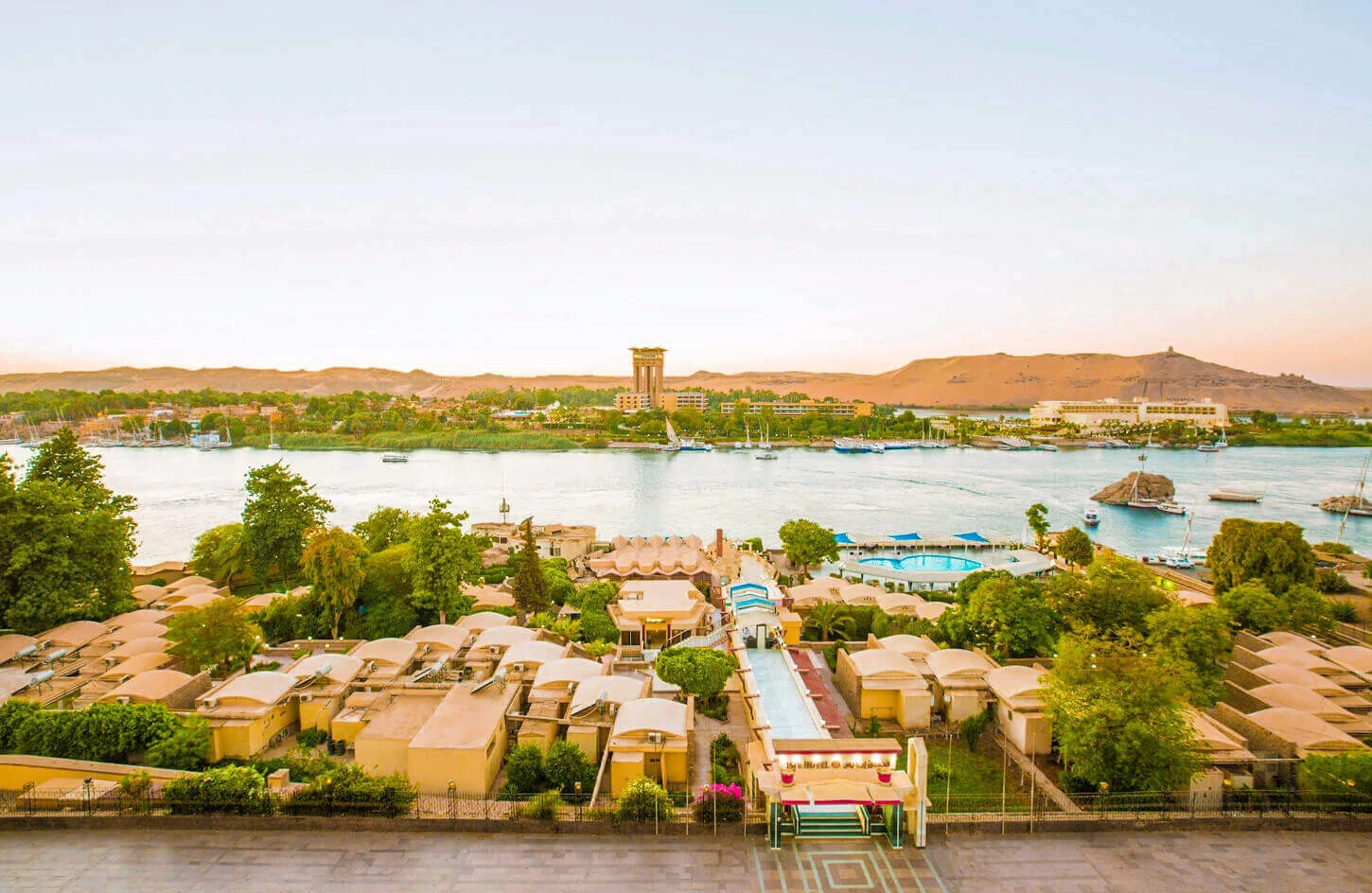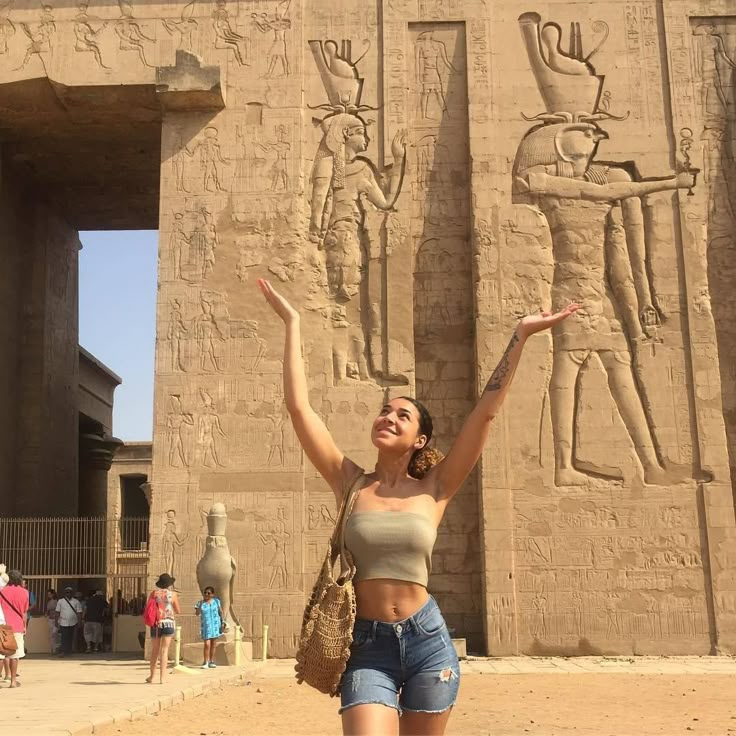Discover Luxor's history through the years
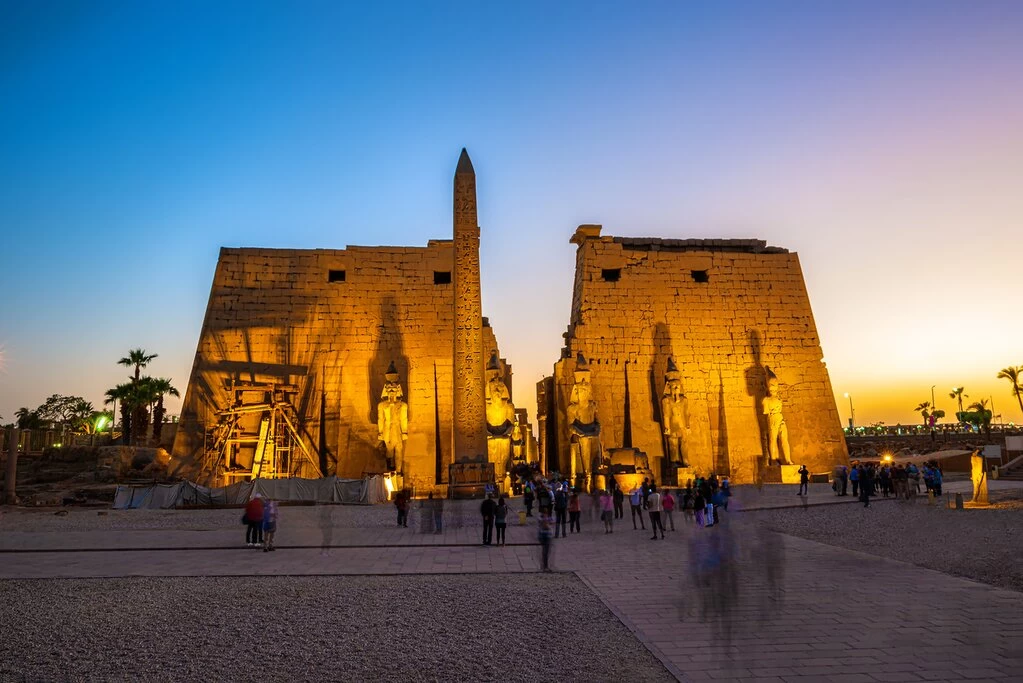
Luxor History Through the Years:
With a history reaching back more than 4,000 years, Luxor is one of the old cities to have been inhabited continuously. The Late Old and Middle Kingdoms (2700-1650 BCE): When the Old Kingdom was still there, Luxor was once known as Thebes. The city started or began as a small and rather insignificant place, but it soon gained importance because of the city's prime position upon the River Nile.
The New Kingdom (1550–1070 BCE): It was during this time that Luxor truly flourished. Under the rule of great Pharaohs, Hatshepsut, Amenhotep III, and Ramses II, it was converted into a monumental capital with temples and tombs on a grand scale that still stand today, including the iconic Karnak Temple. Visitors often explore Karnak Temple History through the monumental structures during the Karnak Temple Tour, which showcases the grandeur of ancient Egyptian architecture.
The Decline and Beyond: After fifty years of the New Kingdom's decline, it ceased to exist as a political entity, feeding on its fame as a religious-cultural center. Gradually, modern Luxor developed around these great archaeological ruins, from which it has retained that dual identity of simultaneously being a living city and an ancient museum. The Sound and Light Karnak show brings the ancient splendor of Karnak to life, making it a unique experience for visitors.
That timeline makes Luxor not just a city but a journey through landmark events in Egyptian civilization, with highlights like the Valley of the Kings Hatshepsut Temple offering a glimpse into the world of royal tombs and history.
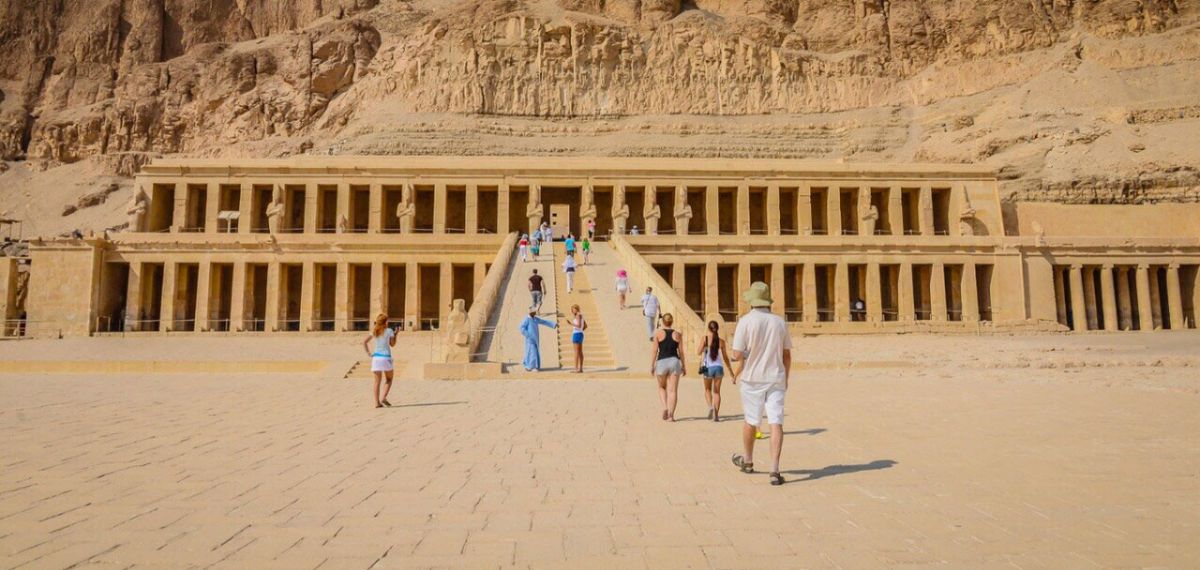
Top Luxor Attractions That Tell Its Story
In the past, maybe the greatest archaeological sites in the world were in Luxor. Here are the top Luxor attractions to be seen at least once by every traveler:
The Karnak Temple Complex
- It is the largest religious site ever built.
- It has the Hypostyle Hall containing 134 giant columns.
- There are sacred lakes, obelisks, and temples to Amun-Ra.
Luxor Temple
- Situated in the center of the city, aligned with the Nile.
- Constructed initially by Amenhotep III but later expanded by Ramses II.
- Notorious for its grand avenue of sphinxes that once stretched all the way to Karnak.
Valley of the Kings
- Burial site for 60-plus pharaohs, including Tutankhamun.
- Tombs are adorned with colorful hieroglyphs depicting detailed scenes of the afterlife.
- A must for those who are curious about history and want to know Egypt's royal secrets.
Temple of Hatshepsut
- Stunning mortuary temple carved into limestone cliffs.
- Dedicated to Egypt's most powerful female pharaoh.
- Famous for terraces and exquisite design, which balances architecture and natural landscape.
Colossi of Memnon
- Two giant statues of Pharaoh Amenhotep III.
- Renowned for the mysterious “singing” sound it produced in ancient times at dawn
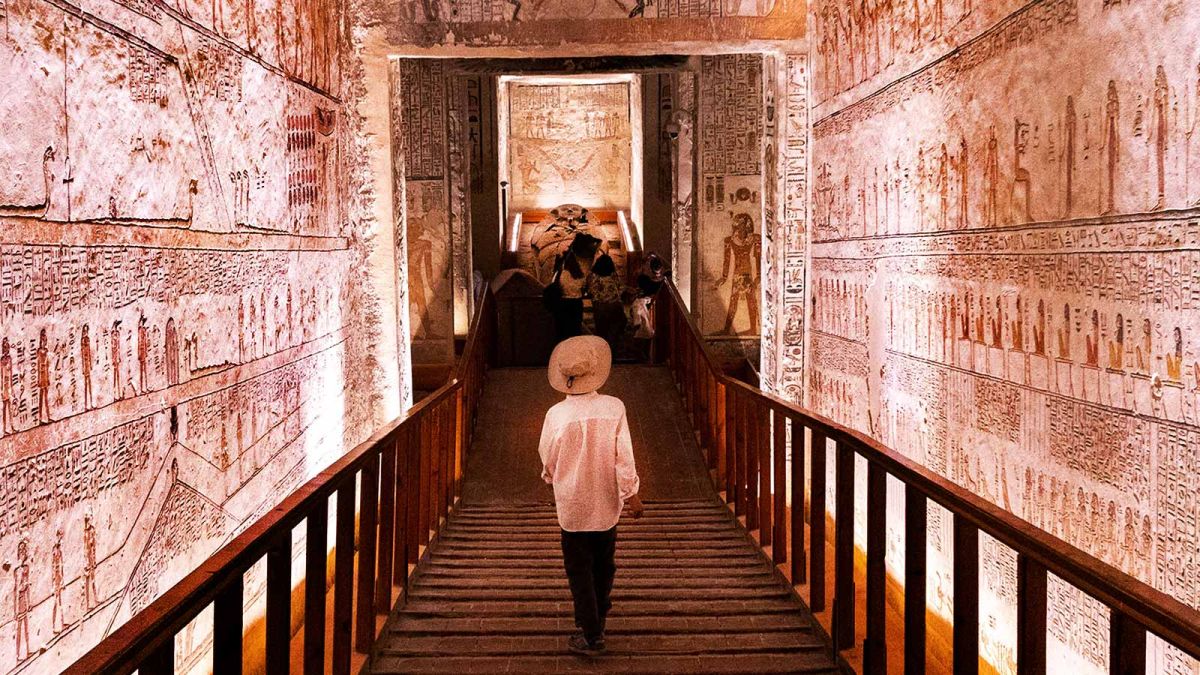
Best Things to Do in Luxor Outside the Temples
Albeit notwithstanding for the temples and tombs, many of the best things to do in Luxor make the experience fulfilling and enriching in its own right:
- Hot Air Ballooning at Sunrise
- Visit the Luxor Museum and Mummification Museum
- Sailing on the Nile in a Felucca
- Sound & Light Shows at Karnak or Luxor Temple
- Local Bazaars and Souks
Top places in Luxor
Luxor is beautifully divided by the Nile into two distinct areas, each offering some of the top places in Luxor that together create a complete experience for travelers.
On the East Bank, visitors can explore the grandeur of the Karnak Temple, marvel at the iconic Luxor Temple, and discover priceless artifacts inside the Luxor Museum, where the city’s vibrant history comes to life.
Across the river on the West Bank, the focus shifts to the world of tombs and monuments, including the legendary Valley of the Kings and Valley of the Queens, where pharaohs and royals found their eternal resting place. The West Bank also features the magnificent Temple of Hatshepsut, the towering Colossi of Memnon, and the sprawling Medinet Habu, built by Ramses III. Together, the East and West Banks reveal why Luxor is celebrated as the greatest open-air museum in the world, offering an unrivaled blend of temples, tombs, and timeless wonders.
-webp.webp)
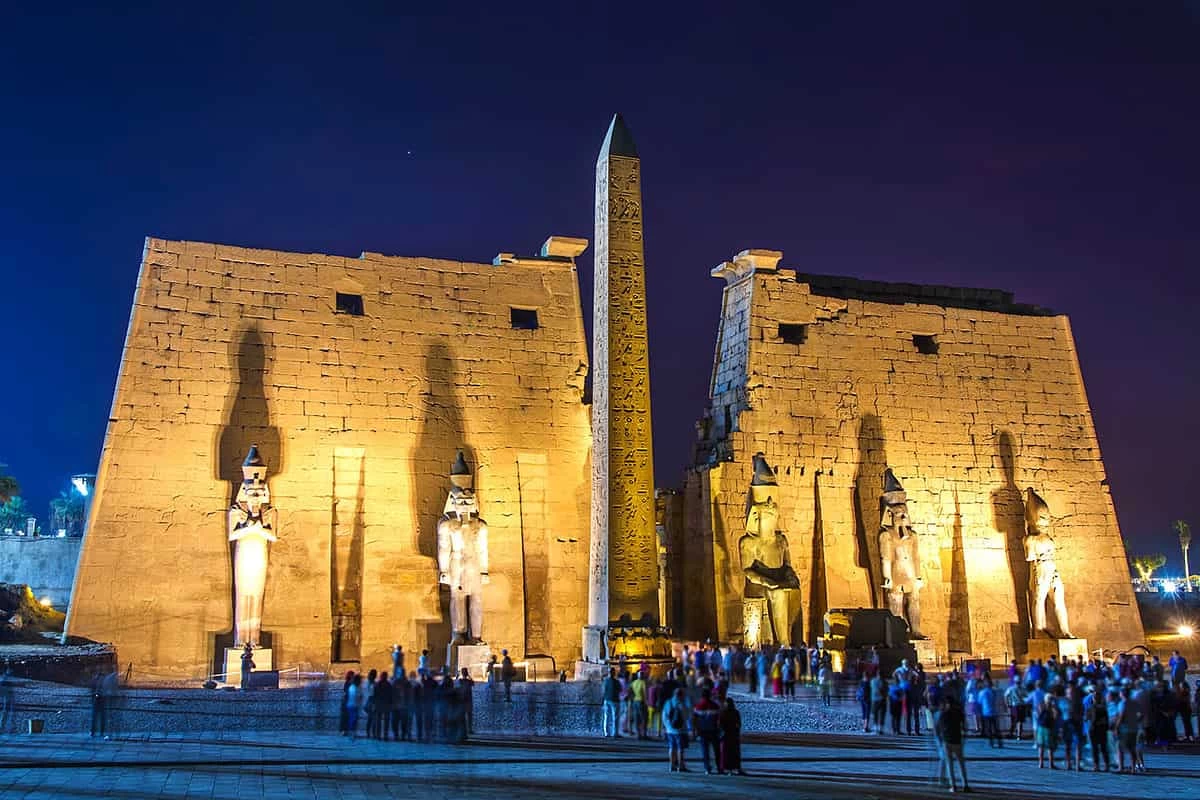
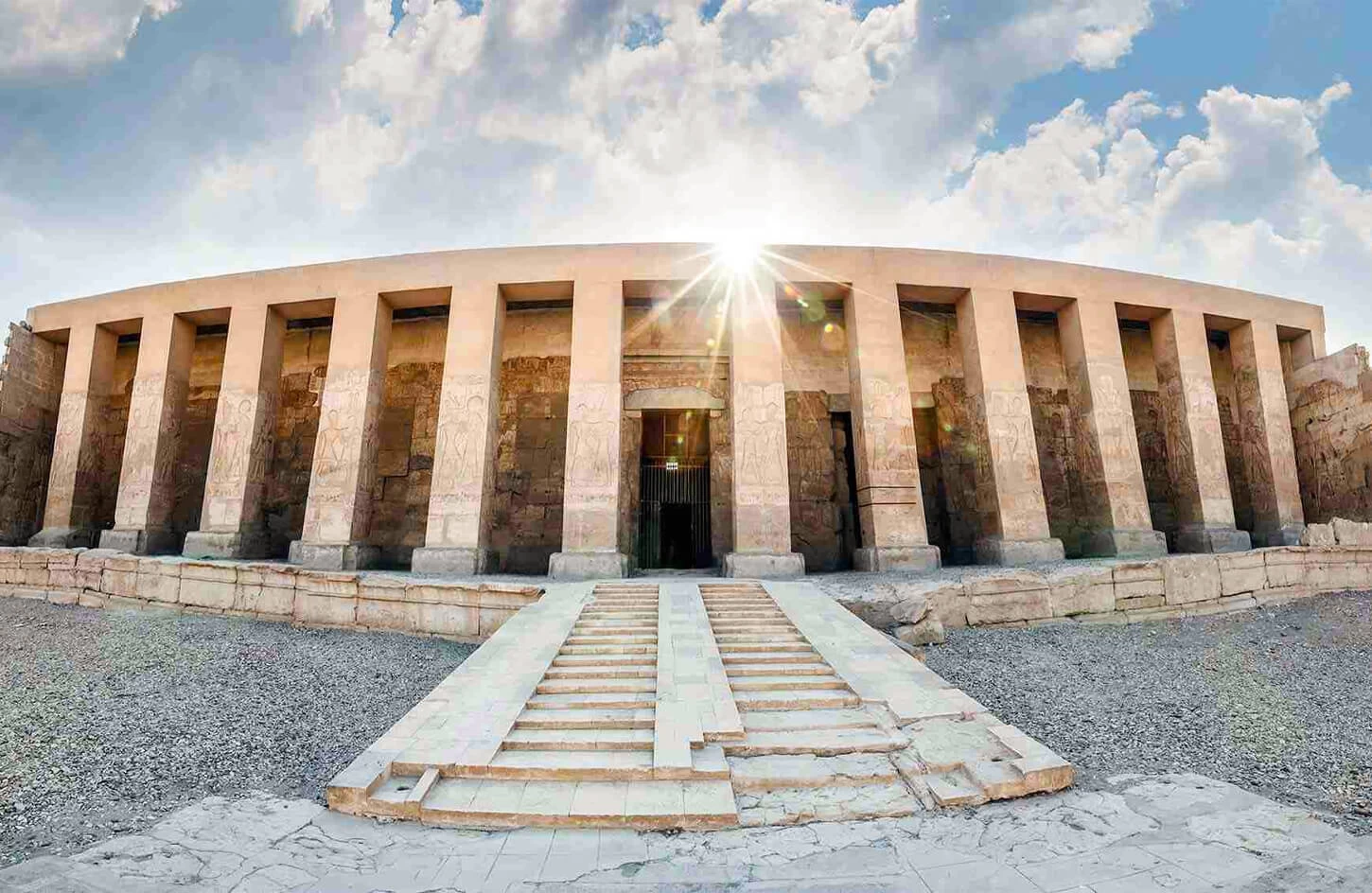
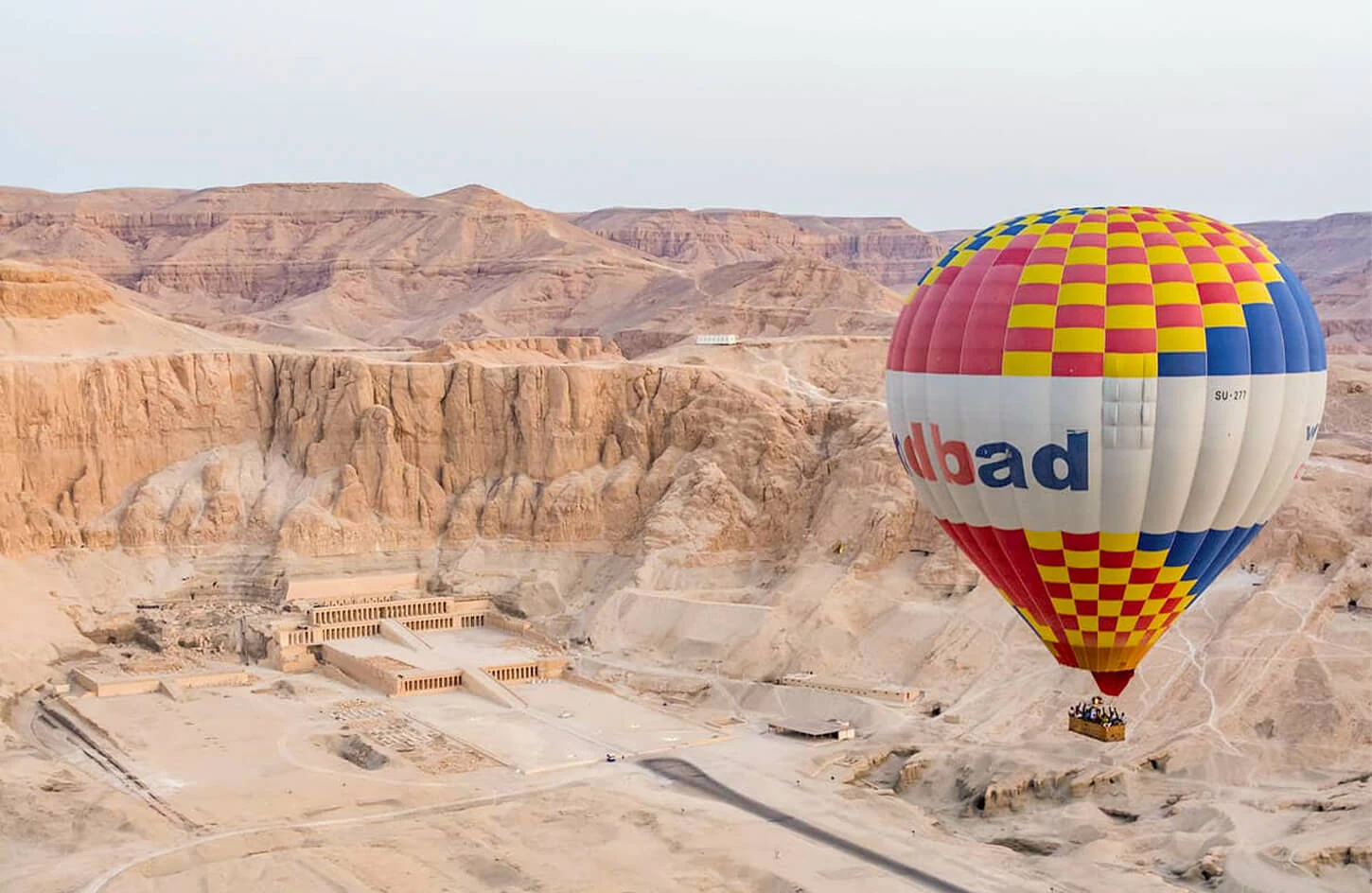
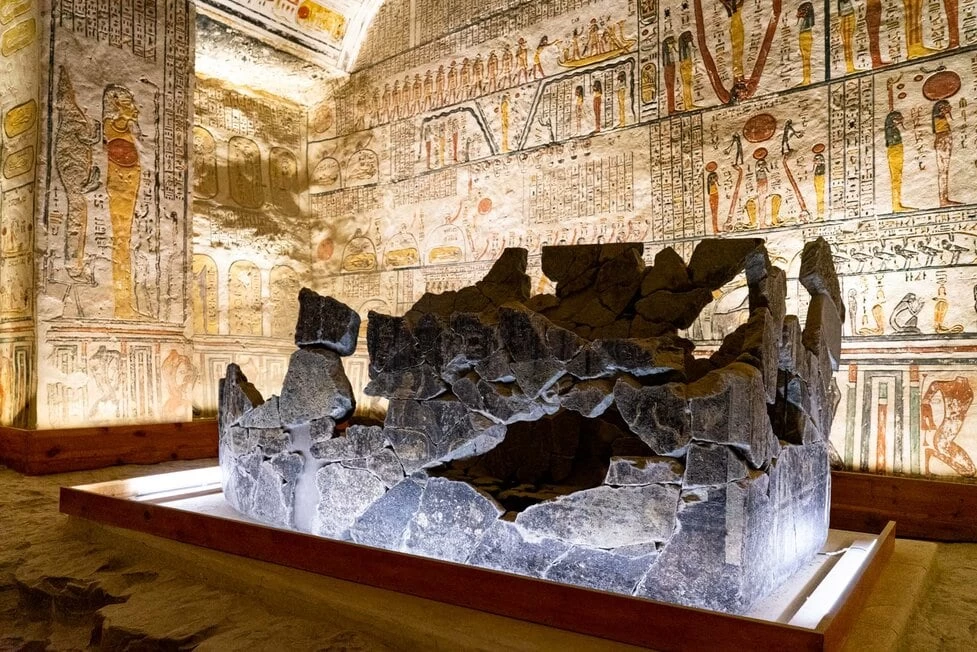
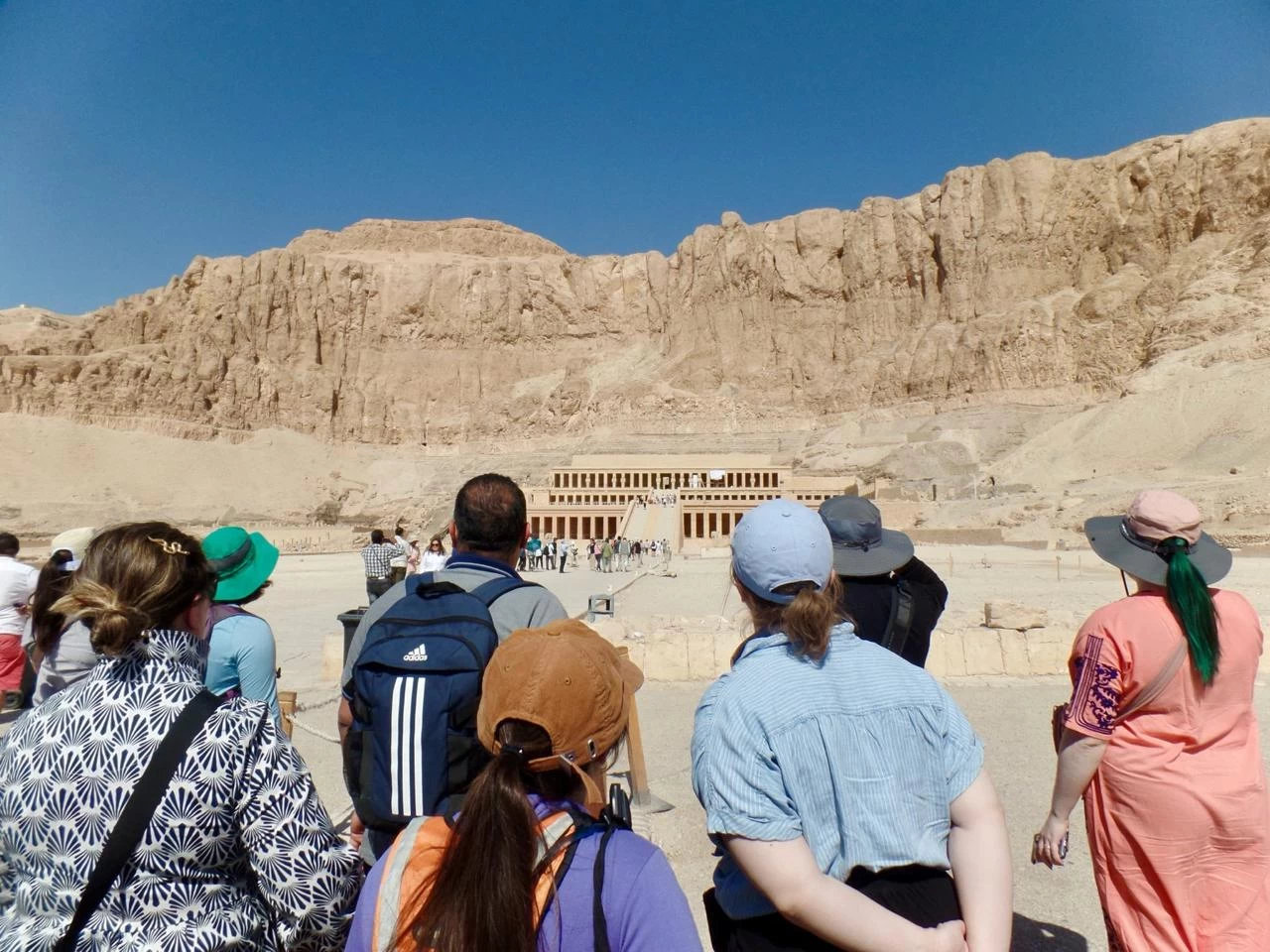

-webp.webp)
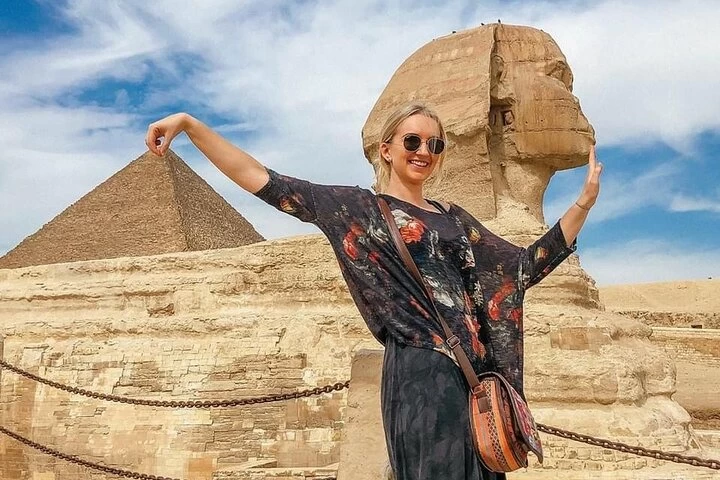
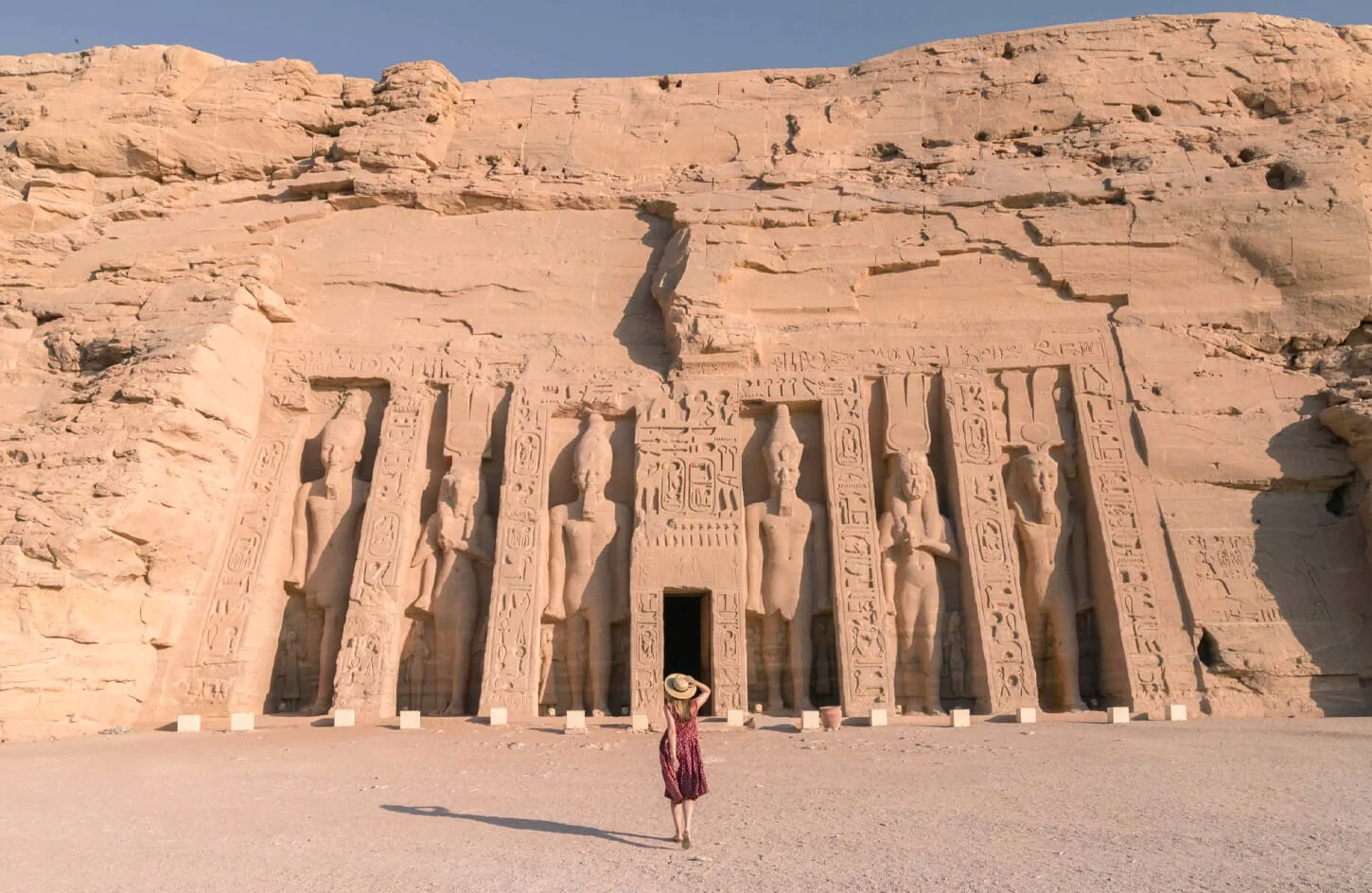
-webp.webp)
